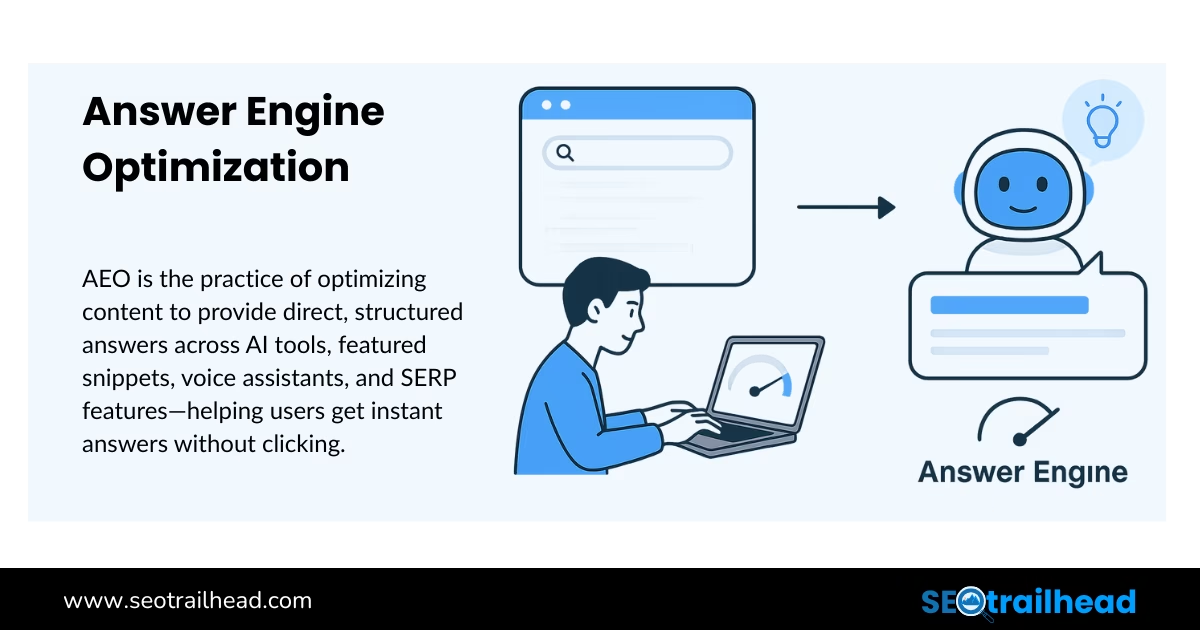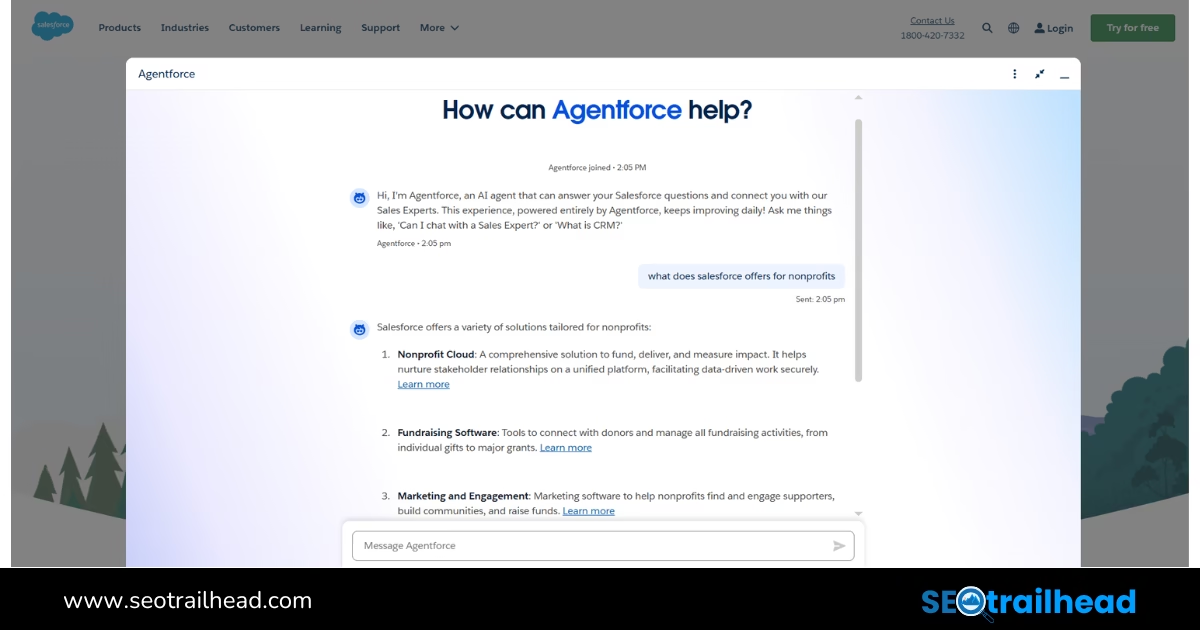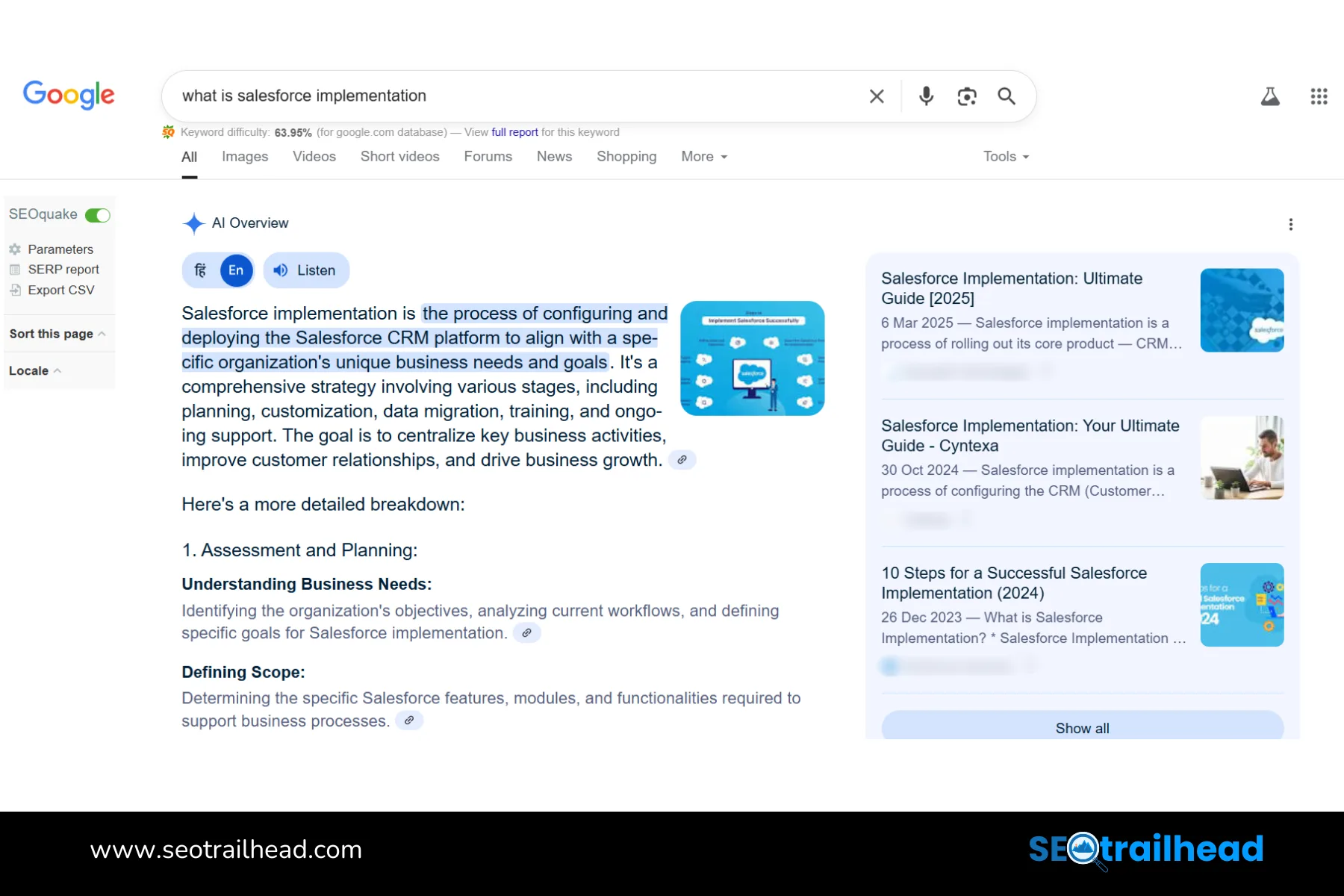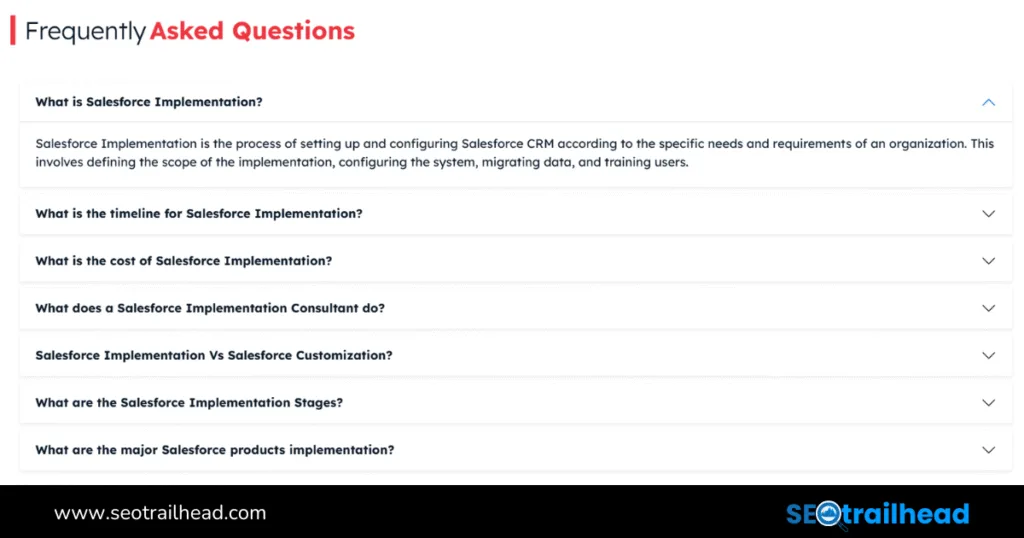What Is Answer Engine Optimization? A Complete Beginner’s Guide
- Updated onJuly 21, 2025
The global Voice Assistant Market was valued at USD 7.35 billion in 2024 and is predicted to skyrocket to USD 33.74 billion by 2030, growing at a CAGR of 26.5% from 2025 to 2030. This rapid growth signals a major shift in how people search and interact with information online—moving beyond traditional search engines to AI-powered answer engines and voice assistants.
This evolution introduces Answer Engine Optimization (AEO)—a content strategy tailored for answer-first platforms that provide instant solutions instead of traditional search results.
Hello, I’m Tarun Bisen. In this blog, we’ll explore the changing landscape of search and how Answer Engine Optimization (AEO) is reshaping content discovery.
As AI tools like ChatGPT, Perplexity, Gemini, and Google’s Search Generative Experience (SGE) become more prevalent, the way users find and consume information is fundamentally changing.
My goal here is simple: to help you understand AEO, why it matters, and how to optimize your content to stay visible in this AI-powered, answer-first world.
Let me show you how.
What is Answer Engine Optimization (AEO)?
Answer Engine Optimization (AEO) is the practice of structuring and optimizing your content so that it can be directly pulled and displayed as answers by AI systems and search engines that rely on large language models.


AEO is not about getting ranked #1—it’s about being the answer.
Whether it’s through voice assistants, featured snippets, or generative AI search, AEO ensures that your content gets cited and surfaced in those instant-answer moments that users now expect.
AEO is not limited to AI search engines.
AEO includes:
- AI-powered answer engines like ChatGPT, Google SGE, Bing Copilot, and voice assistants (Siri, Alexa, etc.).
- Traditional search engine features like:
- Google Featured Snippets
- People Also Ask boxes
- Knowledge Panels
- Rich Answers / Instant Answers
Key Elements of AEO
Here are the foundational elements that make content AEO-ready:
Question-Answer Format
Structure your content around actual questions users ask. Use H2s and H3s with clear, natural language queries, followed by direct, concise answers in paragraph or bullet form.
Structured Data (Schema Markup)
Apply schema types like FAQ, HowTo, and QAPage to help search engines and answer engines understand your content better and increase chances of visibility.
Authority and Trust Signals
Include facts, stats, internal links, external citations, and expert insights. Engines are more likely to cite content that reflects credibility and depth.
Conversational Clarity
Use a natural, human-like tone in your writing. AI engines favor clear, jargon-free, easy-to-interpret content that mimics real conversations.
Topic Clusters and Intent Matching
Organize your content into clusters based on related questions and intents. This helps answer engines understand the context and relationship between your content pieces.
Why Does AEO Matter?
Today’s users aren’t just browsing—they’re asking. And they expect direct answers.
With platforms like Google SGE and ChatGPT delivering immediate responses, users often never reach the actual website. If your content isn’t optimized for those “answer boxes” or AI-generated replies, you’re invisible.
AEO helps you become the answer—not just a clickable option in a list.
- Visibility: AEO helps your brand appear in answer-focused formats like featured snippets, voice responses, and AI summaries.
- Authority: Being cited by AI systems boosts your brand’s trust and relevance in the eyes of both users and search engines.
- Efficiency: Optimizing for AEO often improves your content structure, UX, and even traditional SEO performance.
Core Differences Between AEO and SEO
The search landscape is evolving rapidly, and understanding the differences between traditional SEO and Answer Engine Optimization (AEO) is key to adapting your strategy effectively.
While SEO focuses on ranking your website within search engine results pages (SERPs), AEO aims to have your content directly featured as the answer in AI-powered engines and voice assistants.
Aspect | SEO (Search Engine Optimization) | AEO (Answer Engine Optimization) |
Primary Goal | Improve rankings on traditional search engines | Get featured as the direct answer in AI/voice tools |
Focus Area | Keywords, backlinks, page authority | Clear questions and concise, authoritative answers |
Target Platforms | Google, Bing, Yahoo | ChatGPT, Google SGE, voice assistants (Alexa, Siri) |
Content Structure | Keyword-rich content, meta tags, link building | Structured Q&A, FAQ schema, conversational tone |
User Interaction | Drive clicks to your website | Provide instant answers without clicks |
Performance Metrics | Click-through rates, dwell time | Inclusion in answer boxes, voice search mentions |
Optimization Methods | Backlinks, on-page SEO, technical SEO | Schema markup, clear questions, authoritative content |
Adopting AEO alongside SEO gives you a comprehensive edge—covering both traditional search traffic and the growing share of voice and AI-powered answer queries.
Related Read: SGE vs GEO
How to do Content Optimization for Answer Engines
Optimizing for Answer Engines means crafting content that AI and voice assistants can easily find, understand, and present as the best answer to user queries.
- Use Clear, Concise Questions and Answers:
Structure your content around specific questions users ask, then provide direct, straightforward answers. Think FAQ pages or Q&A sections that align with natural language queries. - Implement FAQ and Q&A Schema Markup:
Adding structured data helps search engines and AI better interpret your content, increasing the chances of being featured in answer boxes or voice responses. - Focus on Conversational Language:
Answer engines prioritize natural, human-like language. Write as if you’re speaking directly to the user—simple, clear, and to the point. - Target Long-Tail and Voice Search Keywords:
Optimize for how people speak rather than type. Use question phrases like “how to,” “what is,” and “best way to” that reflect voice and AI search patterns. - Provide Authoritative and Trustworthy Answers:
Include credible sources, cite expert opinions, and back your answers with data. AI systems favor content that shows expertise and trustworthiness. - Use Structured Content Formats:
Incorporate bullet points, numbered lists, and tables. These formats help AI extract and present information cleanly in their responses. - Keep Content Updated and Relevant:
Regularly refresh your answers to reflect the latest information and trends. AI engines value accuracy and current data. - Optimize for Mobile and Fast Loading:
Voice and AI searches often happen on mobile devices, so ensure your site is responsive and loads quickly to improve user experience and search performance.
By integrating these strategies, you can increase your chances of appearing as a direct answer in AI-powered searches, voice assistants, and smart devices—capturing new types of user engagement beyond traditional clicks.
Examples of Answer Engine Optimization in Action
- Featured Snippets:
These are short, direct answers displayed prominently at the top of search results for specific queries. To get your content featured, focus on creating high-quality, comprehensive content that directly addresses the question.
Here’s an example:

- AI Chatbots/Agents:
Many websites and apps now use chatbots to answer user questions instantly. Answer Engine Optimization ensures your website’s content is accessible, relevant, and easily parsed by these chatbots, leading to a smoother, more helpful user experience.
Here’s an example of how Salesforce is using AI agents to answer the queries:

- Google AI Overview:
Google’s AI Overview – Search Generative Experience (SGE), is a prime example of Answer Engine Optimization in action. Instead of showing a list of links, it provides an AI-generated summary directly answering the user’s query.
Here’s an example of how Google is leveraging AI to answer user query really quick.

- Question-Focused Content:
Instead of broad, general articles, AEO encourages creating content that directly answers specific questions. For instance, if writing about SEO, start with a clear answer: “To improve SEO, optimize your title tags, use relevant keywords, create high-quality content, and build authoritative backlinks.” This makes your content more useful and AI-friendly. - Schema Markup:
Structured data like FAQPage, QAPage, and HowTo schema help search engines understand your content’s context and type. Proper use of schema markup significantly improves the chances of your content appearing in featured snippets and voice search responses. - Natural Language and Long-Tail Keywords:
Voice assistants and AI systems rely on natural language processing, so incorporating conversational language, question-based keywords, and long-tail phrases into your content increases its likelihood of being selected as the direct answer. - Optimizing for Voice Assistants:
Structuring your content with short sentences, clear headings, and a conversational tone helps voice assistants like Alexa, Google Assistant, and Siri read your content aloud accurately and naturally. - FAQ Sections:
Adding well-organized FAQ pages with straightforward questions and concise answers improves your chances of being picked up by AI-powered answer engines and voice search devices.

- Local Answer Optimization:
For businesses with local customers, optimizing content to answer “near me” or location-based queries helps voice assistants and AI platforms deliver relevant local information quickly. - Video and Visual Answers:
Including videos or images with descriptive captions and transcripts can increase your visibility since answer engines pull from diverse media types to satisfy user queries.
Tools to Boost Your Answer Engine Optimization (AEO)
- AnswerThePublic:
This tool helps you uncover the long-tail, question-based queries your audience is actually asking. It’s excellent for discovering content ideas that align perfectly with AEO strategies, helping you create highly relevant, user-focused answers. - Google’s People Also Ask:
A valuable resource for identifying related questions around your topic. This helps you better understand user intent and craft content that addresses multiple angles of a query, improving your chances of appearing in featured snippets. - Surfer SEO / Clearscope:
Both tools ensure your content is semantically rich and topically comprehensive. They help you meet search engines’ expectations by optimizing for related keywords, contextual relevance, and content depth. - Schema Markup Testing Tool (Google):
Verify that your structured data—like FAQs, How-To guides, and Q&A schemas—is implemented correctly. Proper schema markup is critical for eligibility in featured snippets and voice assistant responses. - Google Search Console:
Monitor your pages’ performance specifically for question-driven content. Track impressions, click-through rates (CTR), and ranking changes, especially for featured snippets and direct answer positions. - Google Analytics:
Analyze user behavior on your answer-optimized pages. Keep an eye on metrics such as bounce rates, session duration, and engagement to understand how effectively your content satisfies user queries. - Ahrefs / SEMrush:
Widely used SEO platforms that provide insights into keyword opportunities, including long-tail queries relevant to AEO. They also track featured snippet appearances and overall content performance metrics. - ChatGPT with Browsing:
Use ChatGPT’s browsing capability to simulate how AI models interpret your content and test potential query responses, helping you refine your answer-focused content. - Perplexity.ai:
A tool to test search queries and see which content is cited by AI-powered answer engines. This helps you identify competitors and benchmark your content’s effectiveness. - Screaming Frog:
Conduct technical audits of your website to spot optimization opportunities, including schema markup implementation, site structure, and other technical SEO elements that support AEO.
Trailhead Takeaways
We’ve covered a lot in this guide, haven’t we? From understanding how AI-powered answer engines are changing search behavior to exploring key strategies like question-focused content, schema markup, and natural language optimization, I hope you now have a solid foundation to boost your content’s visibility in this new era of search.
Here are the key lessons from this guide to get your AEO strategy rolling:
- Focus on creating clear, direct answers to user questions.
- Use schema markup to help search engines understand your content.
- Optimize for natural language and long-tail, question-based keywords.
- Leverage tools like AnswerThePublic and Google’s People Also Ask for content ideas.
- Ensure your content is structured and easy for AI to interpret.
- Monitor performance with Google Search Console and Analytics.
- Use AI tools like ChatGPT and Perplexity.ai to test how content is interpreted.
- Blend AEO with your existing SEO efforts for comprehensive visibility.
As someone who’s walked this trail for years, I can confidently say that answering questions effectively is a game-changer for standing out in AI-driven search results.
Now it’s your turn—apply these strategies, monitor your progress, and watch your content get featured as the go-to answer for your audience.
Tarun Bisen is an SEO strategist specializing in Salesforce and digital marketing. He helps businesses improve search rankings and generate leads. Passionate about SEO, technology, and industry trends, he shares insights on ranking strategies and organic growth.
Most Recent Posts
The best trails are the ones we blaze together. Thanks for exploring with me at SEO Trailhead—cheers to your growth!



